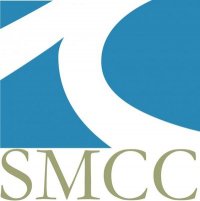Below is a summary of the abstract you submitted. Presenting author(s) is shown in bold.
If any changes need to be made, you can modify the abstract or change the authors.
You can also download a .docx version of this abstract.
If there are any problems, please email Dan at dar78@pitt.edu and he'll take care of them!
This abstract was last modified on April 20, 2018 at 1:26 p.m..

Marine phage have been associated with algal blooms either as a limiting factor on blooming species through infection or by infecting bacteria that in turn infect algal species. In 2018 we isolated bacterial hosts and phage from the water column and marine mud from the northwest Southern Maine Community College (SMCC) cove (43°38'48.74"N, 70°13'35.45"W). We isolated three hosts and four phage using enrichment techniques. Hosts were identified to genus level through barcoding of the 16S rRNA gene. One phage genome was sequenced, annotated and submitted to GenBank (NCBI Acc. # MG675557), this phage forms a putative lysogen with its host, Pseudoalteromonas. Electron Micrographs were taken of all phage, portions of their genomes cloned and sequenced and PCR primers were designed. We used the primers to look for the presence of phage in various parts of the marine ecosystem in Casco Bay. We hypothesize that as the waters warm in the spring, host populations will increase with a concomitant increase of phage.

